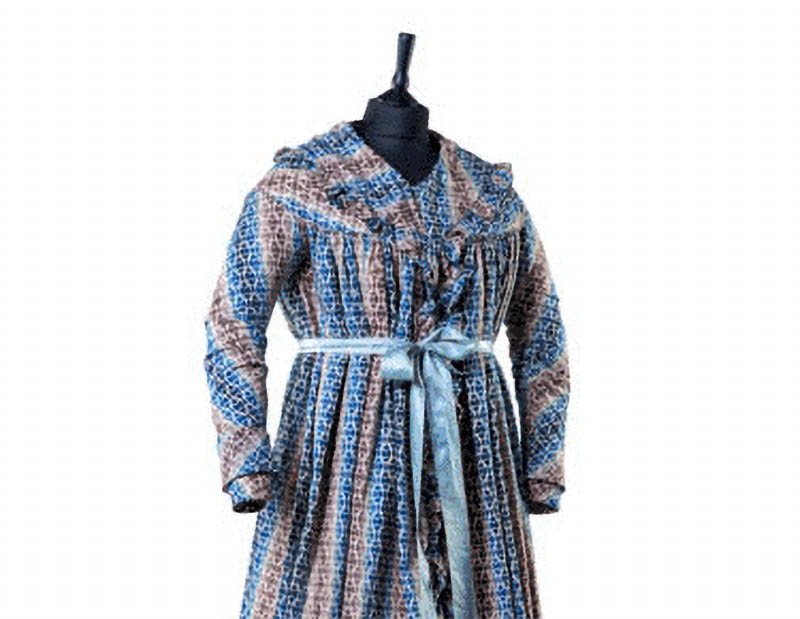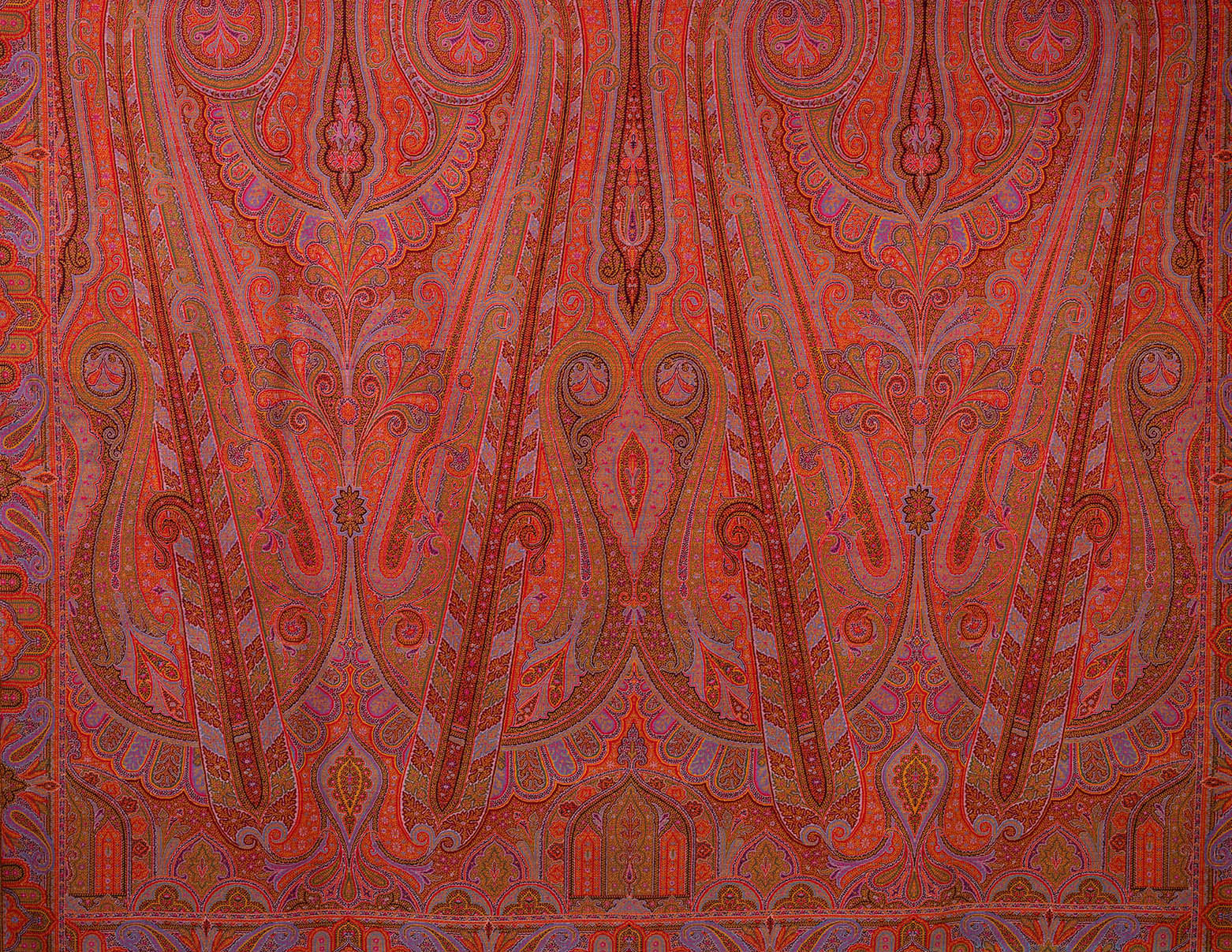Wool
Wool played a crucial role in the medieval English economy and was of such huge importance that it often became entangled in the politics of the day.
Even now, a Woolsack functions as a seat for the Lord Speaker in the House of Lords as a reminder of this relationship. Sheep grazing land across Lancashire ensured the success of the woollen industry here by the 13th century, and the first mechanised textile mills in the county were in fact for fulling: cleaning and degreasing woollen cloth.
Through woollen yarns we can understand how technology has impacted textiles, through industrialisation but also developments such as aniline dyes which created bright, long-lasting colours. Wool can also teach us about empire and colonialism, from paisley shawls which imitated handcrafts of India, to Scottish tartans which have travelled around the world.






